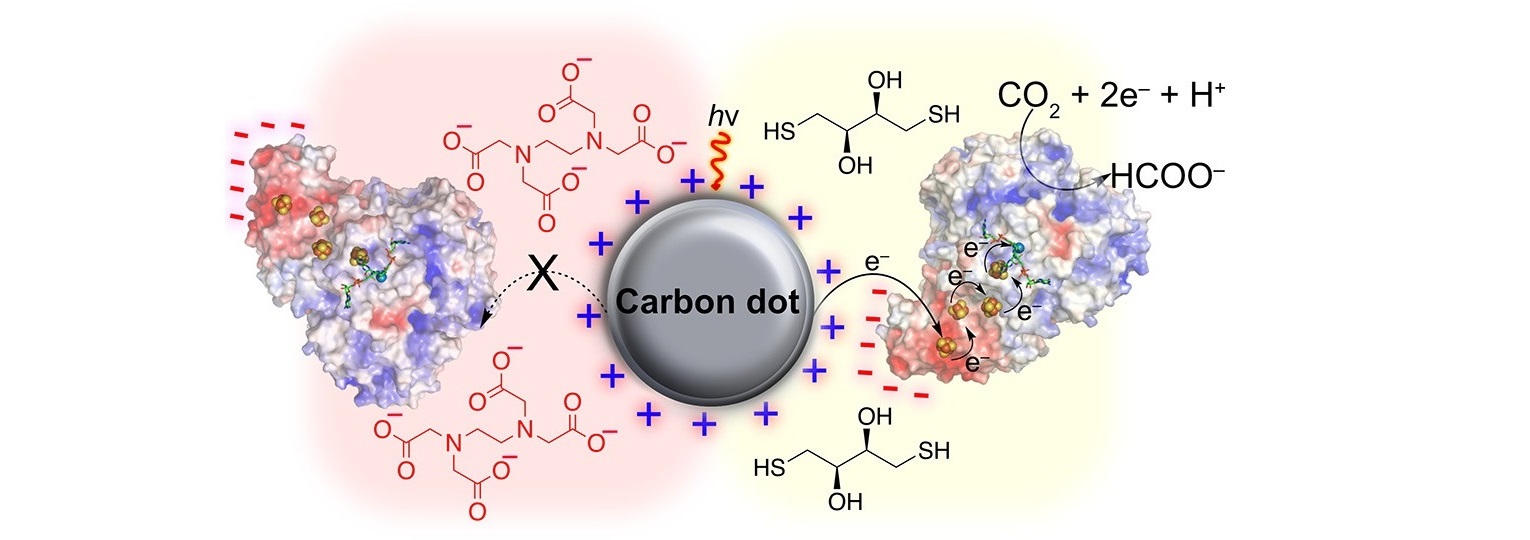-
Semi-artificial photosynthesis
Why not combine the best that materials science and biology
has to offer to develop new concepts for solar energy
conversion?
Semi-artificial photosynthetic systems aim to overcome the
limitations of natural and artificial photosynthesis while
providing an opportunity to investigate their respective
functionality. Enzymes are macromolecular biological catalysts
that have been naturally selected over billions of years to
perform specific reactions with high selectivity and efficiency.
In particular, we are interested in interfacing photosynthetic and
redox active enzymes with custom-made high surface area electrodes
to study their fundamental biology and drive interesting
endergonic reactions. In parallel, we examine how more complex
living microorganism systems can be recruited for in vivo fuel and
chemical production.
Our lab employs a suite of chemical biology and biophysical
methods, including advanced (photo)electrochemical techniques such
as rotating ring disk electrochemistry, resonance Raman and
infrared spectroscopy and quartz crystal microbalance
measurements. To develop enzyme and cell-based hybrid
(photo)electrochemical devices with light absorbing semiconductors
such as metal oxides, perovskites and silicon we design
high-surface area electrode materials, such as metal oxides,
carbon nanotubes and graphene as conductive supports with high
loading. We also study photocatalytic systems with semiconducting
nanoparticles such as carbon dots, graphitic carbon nitride and
quantum dots for hybrid solar fuel generation in suspension.
Selected Publications

Connecting biological and synthetic approaches for electrocatalytic CO2 reduction.
Cobb, S. J.; Rodríguez-Jiménez, S.; Reisner, E. Angew. Chem. Int. Ed., 2024, 63, e202310547.

A semi-artificial photoelectrochemical tandem leaf with a CO2-to-formate efficiency approaching 1 %.




